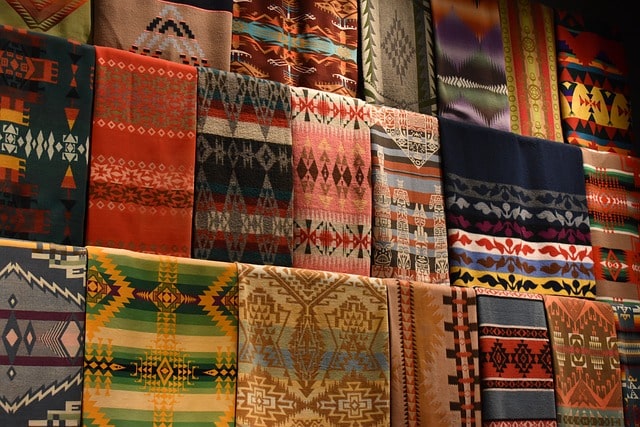
To develop Jharkhand, new opportunities must be explored.
Harivansh
a senior journalist,
Deputy Chairman of the Rajya Sabha
About eight years ago, I learned about Jharkhand's 'Textile Policy' from a fellow traveler. The then state government had brought it. That medium-sized businessman told me that many unknown facts came to light during Covid. For example, skilled workers from Jharkhand, Bihar, and Odisha were part of large organizations in Surat, Thrissur, and other textile industry areas in the south.
When everything was closed during Covid, all the workers returned to their homes. The Jharkhand state government created an attractive textile policy, and large companies came. Large companies also came. Land allocation was also done. Arvind Mills planned an investment of 400 crores.
A proposal was made to provide a lump sum of Rs. 13,000 for training workers. The policy included a provision to give women workers Rs. 6,000 per month and men Rs. 5,000 as employment subsidy for the next 7 years.
It is not known what happened to these plans? If such things were successful, a large number of skilled men and women from Jharkhand would not have to wander to other states. If large-scale textile production takes place in Jharkhand, what will be the impact? The Jharkhand government will not need to tender and buy blankets or clothes from outside for crores of rupees. Jharkhand's money will stay in Jharkhand.
Bangladesh is nearby. The 'textile industry' has written the destiny of its economy, country, and employment growth. Bangladesh's foreign income comes primarily from this industry.
Bangladesh has become the world's second largest exporter of readymade garments. In 1972, Bangladesh's GDP (World Bank) was $6.29 billion. In 2021, it increased to $368 billion. Bangladesh has become the world's largest producer of readymade garments, even surpassing China. Due to the current political situation in Bangladesh, investors in the textile industry are looking for other places.
It is noteworthy that Indian entrepreneurs also played a major role in making Bangladesh the world's second largest 'exporter' of readymade garments. Can Jharkhand not see the possibility of becoming a major textile producer in this context? There are skilled artisans in every corner of the state. They will get a big opportunity. But this requires vision, strategy, and determination. Private consumption (consumer market) in India itself is now close to 60%.
It is Overwhelming! India's Own Market Has Become Very Large. In the last decade, private consumption has doubled. In 2023, it reached 2.1 trillion dollars. By the fiscal year 2025-26, India is going to become the world's third-largest consumer market. Jharkhand can benefit from this.
Where are the New Opportunities? The health sector is a state subject. In 2025, with the impact of AI and telemedicine, the healthcare sector is going to reach 3.12 lakh crores. From 2024 to 2032, it is estimated to grow at a rate of eight percent. By 2025, up to four crore jobs will be created in this sector.
(These are the author's own views)
Technology is Creating New Opportunities, Is Jharkhand Ready?
Read the 10th part tomorrow...
Courtesy: Dainik Bhaskar
Translated & Edited by: Smita DeyTarafder